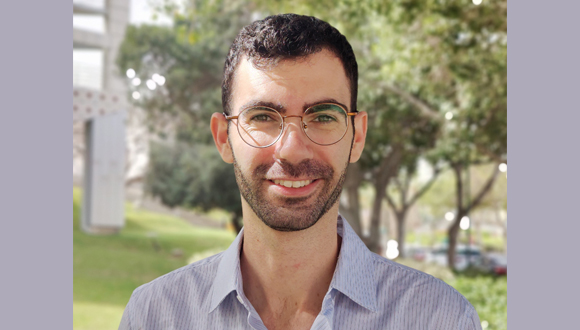A TAU-led study finds that seeing an image more than once, real or AI-generated, makes us more likely to believe it’s real.
The study— published in the Journal of Experimental Psychology: Learning, Memory, and Cognition, a prestigious scientific journal of the American Psychological Association (APA) — was led by Guy Grinfeld, a doctoral student at the School of Psychological Sciences, Gershon H. Gordon Faculty of Social Sciences at Tel Aviv University, in collaboration with researchers from Germany, Belgium, and Spain.
The researchers found that repeated images are more likely to be believed as representing a real person, location, or event than images seen for the first time — even when those images were entirely AI-generated. “The study is based on a well-known psychological phenomenon called the ‘mere exposure effect,’ which suggests that information that we encounter repeatedly is perceived as more credible,” Grinfeld explains. “In our research, we sought to examine whether this effect also applies in the visual domain — specifically with images created using artificial intelligence algorithms.
This is the first study to demonstrate the mere exposure effect for images; until now, it had only been demonstrated for text. The findings raise concerns about the spread of false visual information on social media and its influence on public perception. As we like to summarize it, if until now the proverb went, ‘A lie told often enough becomes the truth,’ our study shows that ‘An image seen often enough becomes reality.’”
Inside the Experiment
In the experiment, participants were shown a series of images, both real photographs and AI-generated visuals. Later, they saw some of the same images again along with images they had not seen before, and were asked to judge whether each depicted a real object or event. The result was clear: images that participants had seen before were rated as more credible than new images — regardless of whether they were real or fake.
Surprisingly, the repetition effect was even stronger among the skeptical participants—those who generally rated images as less credible. This suggests that people who tend to be cautious might rely more heavily on repetition as an indicator of truth.
A Challenge in the AI Era
“In the era of social networks and digital media, we are constantly and involuntarily exposed to visual information,” says Grinfeld. “Whereas in the past, it was easy to lie with words, today, AI tools make it just as easy to ‘lie’ with images. Our new study reveals a troubling mechanism: people attribute higher credibility to visual information that is repeated, regardless of its veracity. This creates a dangerous combination: repeated exposure to false information can make it seem credible, simply through repetition.
“The findings raise profound questions about how we process information, especially in an age of visual overload in social and news media. They also highlight the central challenge of our time: preserving truth and critical thinking in a world of dynamic, easily manipulated, and hard-to-discern visual content.”

Guy Grinfeld, lead researcher of the study
